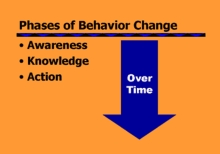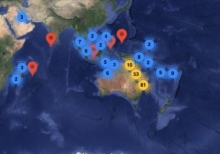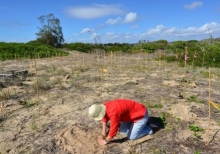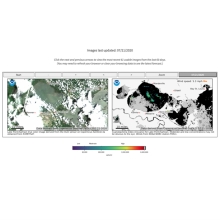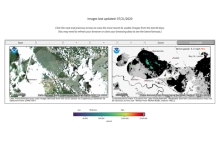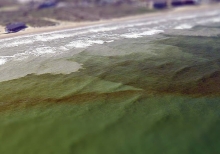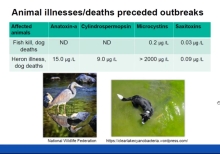Guide To Effective Outreach In Your Watershed
[Nonpoint source pollution] is generated by all of us, a product of millions of actions that we take each day, including activities such as applying pesticides, washing our cars, or walking our pets. However, by becoming more aware of the effect of our actions on our rivers, streams, lakes, bays and seashores, we can all develop more water-friendly habits and practices that will enable us to protect and restore the quality of these waters.
